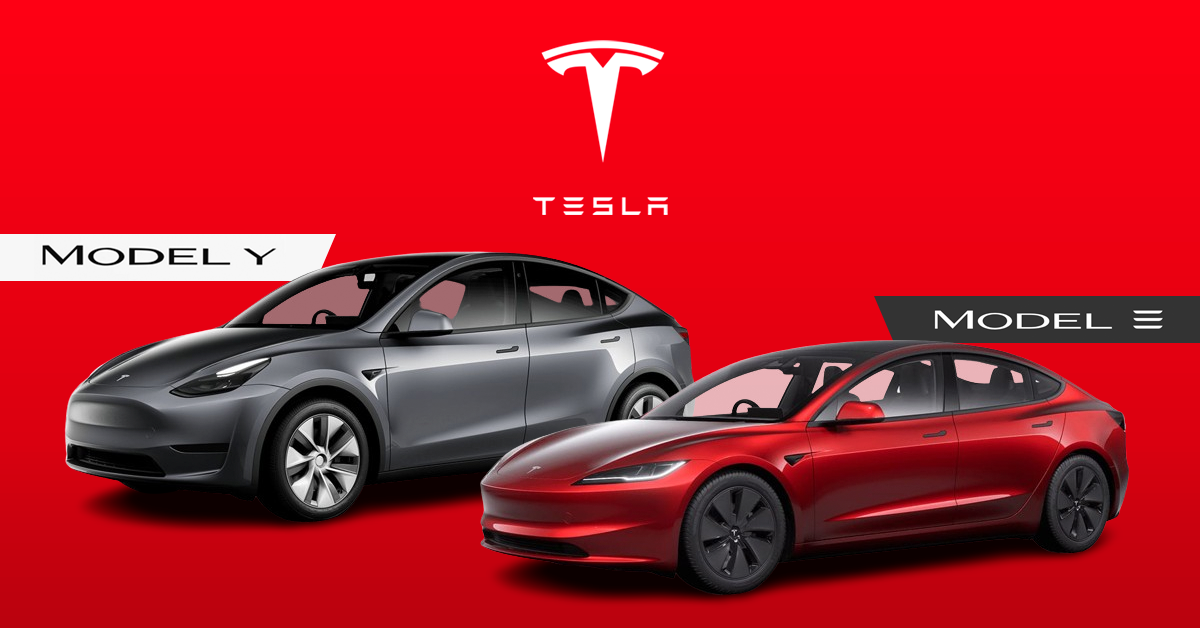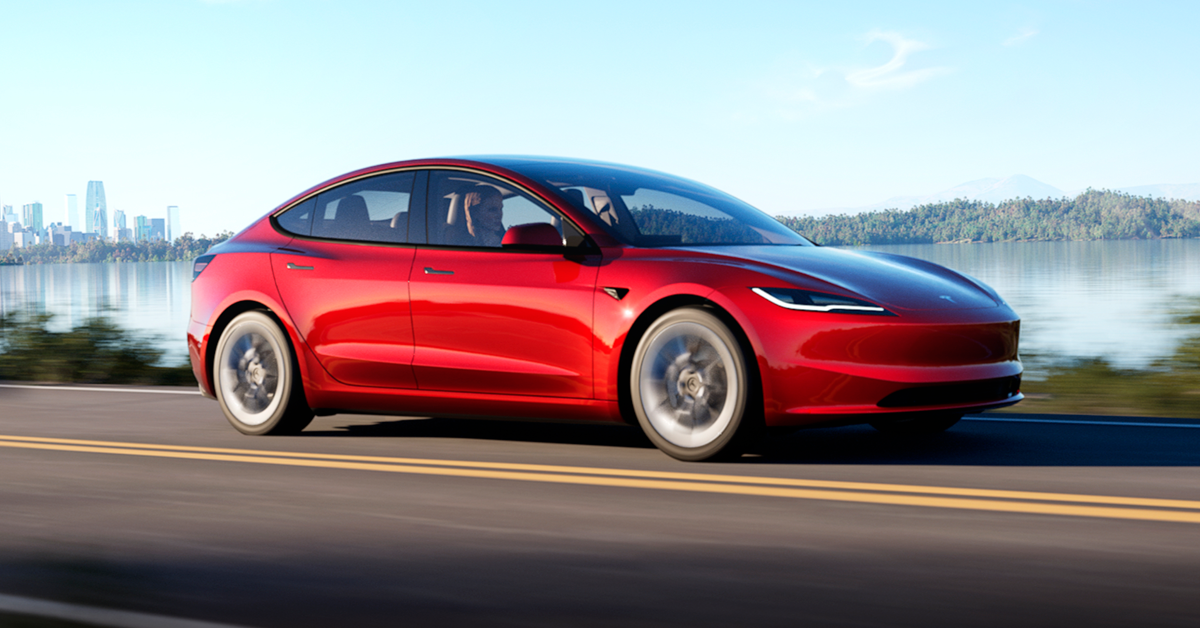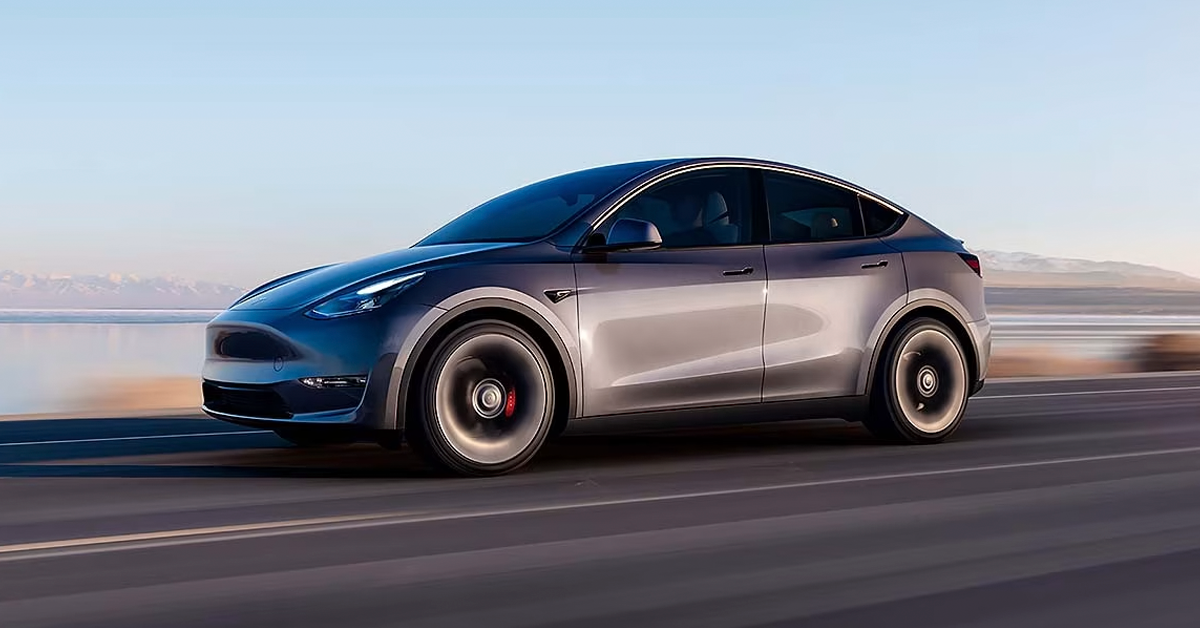
The Tesla Model 3 and Model Y have garnered significant attention in Malaysia, each offering a distinct set of features and experiences that cater to the evolving electric vehicle (EV) market. This overview collates feedback from Malaysian users and automotive reviewers, primarily sourced from WapCar and paultan.org, two reputable automotive portals in Malaysia. These sources provide an in-depth look at both the Model 3 and Model Y, covering various aspects like pricing, performance, design, and overall user experience.

Tesla Model 3
Positive Feedback
Variants and Pricing: The Model 3 comes in two versions: the Standard Range and the Long Range. The Standard Range starts at RM 189,000, offering an affordable entry into the Tesla lineup for Malaysian buyers. The Long Range version, starting at RM 218,000, provides extended range and performance for those seeking more from their EV. These competitive prices make the Model 3 an attractive option for consumers looking to enter the electric vehicle market without compromising on quality or performance.
Performance: The Standard Range Model 3 is impressive, boasting a range of 513 km as per WLTP standards, which is a considerable distance for an EV at this price point. It also achieves a sprint from 0 to 100 km/h in just 6.1 seconds, showcasing the quick acceleration capabilities typical of electric vehicles. The Long Range variant further enhances these specifications, offering a remarkable range of 629 km and an even quicker acceleration from 0 to 100 km/h in just 4.4 seconds. This performance aspect not only highlights the efficiency of Tesla’s electric powertrain but also caters to drivers who enjoy a dynamic driving experience.
Charging Capabilities: The Model 3’s charging capabilities are noteworthy. All variants support up to 11 kW for AC charging, which is a standard feature ensuring convenient charging at home or public stations. For the Long Range model, the DC charging capacity is particularly significant at 250 kW. This high charging rate means that the vehicle can be recharged much quicker, reducing downtime and making long-distance travel more feasible. This feature is essential in the EV market, where charging speed and convenience are critical factors for consumers.
These positive aspects of the Tesla Model 3 highlight its status as a competitive player in the Malaysian EV market, combining affordability, performance, and convenient charging capabilities.
Negative Feedback
Manufacturing Quality: Tesla’s approach to vehicle manufacturing has often been criticised, particularly regarding the Model 3. In Malaysia, users have noted issues with panel gaps and substandard interior assembly. These problems point to inconsistencies in Tesla’s manufacturing processes, impacting the overall fit and finish of the car. Such issues are not just cosmetic but can also affect the vehicle’s long-term durability and resistance to environmental factors like water and dust infiltration.
Durability Concerns: While Tesla’s vehicles are praised for their advanced technology, there are concerns about how well they hold up over time. In the Malaysian market, there have been reports of the Model 3 developing more rattles and noises as the car ages. This raises questions about the long-term build quality and structural integrity of the vehicle. When new, a Tesla might feel robust and well-built, but the real test of quality is how it endures after several years of use. Users have expressed scepticism about Tesla’s claims of improved ride quality, particularly in the context of these longevity concerns.
Dependence on Central Console: The Tesla Model 3’s design heavily relies on a large central touchscreen console for most of the car’s functions, from navigation to climate control. This high dependence on a single interface can be problematic, especially if the screen gets damaged or malfunctions. In such cases, controlling basic functions of the car could become challenging or even impossible, leading to situations where the vehicle might need to be towed for repairs. This design choice reflects a broader trend in modern vehicles towards digitization but also highlights potential vulnerabilities in relying too heavily on technology for basic car functions.
These points of feedback reflect a mix of technical and design aspects that prospective buyers in Malaysia should consider, especially those transitioning from conventional to electric vehicles. They highlight the need for balancing technological innovation with practicality and reliability in vehicle design.

Tesla Model Y
Positive Feedback
Overview: The Tesla Model Y, priced at RM 199,000 in Malaysia, stands out in the C-Segment category. It’s powered by a single-motor rear-wheel drive (RWD) system and boasts a usable 57.5 kWh battery. This setup provides an impressive range of up to 430 km per WLTP standards, showcasing Tesla’s commitment to efficient electric mobility.
Cabin Design: The Model Y’s interior is the epitome of minimalism. Almost every function is integrated into a large, 15-inch central touchscreen display, reducing physical buttons and switches. This design philosophy emphasises Tesla’s futuristic approach, providing a sleek and modern cabin experience.
Driving Experience: Driving the Model Y feels intuitive, even with its button-free interior. The visibility is excellent, enhancing driver confidence. The car offers three settings for its single-pedal driving function – Creep, Roll, and Hold – catering to various driving preferences and emphasising its user-friendly nature.
Steering and Suspension: The Model Y offers three steering settings: Comfort, Standard, and Sport. Each setting caters to different driving styles, with the Comfort mode providing a balanced feel. The firmness in steering and suspension is designed to handle the weight of the battery and the power of the electric motor, ensuring stability and control.
Handling: The handling of the Model Y is a highlight, with well-contained body lean and sharp steering for precise tracking in bends. This capability provides a dynamic and engaging driving experience, especially on curvy roads.
Autopilot Feature: The Autopilot feature, briefly tested on highways, works similarly to most adaptive cruise control systems with lane centering. Though it requires reactivation upon steering input, it represents Tesla’s advanced driver-assistance technology, contributing to a safer and more comfortable driving experience.
Overall Appeal: The Model Y is lauded for offering a so-called futuristic experience without unnecessary gimmicks. It’s not just about the car itself but the Tesla ecosystem it belongs to, including access to the Supercharger network. This aspect of the Tesla experience makes the Model Y more than just an electric vehicle; it’s part of a broader, technologically advanced lifestyle.
These positive aspects of the Tesla Model Y underscore Tesla’s focus on innovation, driver experience, and technological integration, making it a compelling choice in the Malaysian EV market.
Negative Feedback
The Tesla Model Y, while celebrated for its innovative features and performance as an electric vehicle, has received some criticism from users in Malaysia, particularly regarding customization options and interior material quality.
Limited Customization Options: One of the key critiques of the Tesla Model Y is its limited range of customization options. This can be a significant downside for customers who value personalization in their vehicles. The ability to customise aspects like interior finishes, exterior colours, and additional features often enhances the car-owning experience, making it more personal and suited to individual tastes. In the case of the Model Y, the constrained choices in customization might detract from the overall appeal of the car, especially in a market where competitors may offer more varied options.
Lacklustre Interior Material: Another point of contention is the perceived quality of the interior materials used in the Tesla Model Y. In the automotive industry, the choice of materials for the interior not only contributes to the aesthetic appeal but also to the comfort and perceived luxury of the vehicle. Criticism about lacklustre interior materials suggests that the Model Y may fall short in delivering a premium feel that buyers might expect at its price point. This aspect could impact the overall satisfaction of customers, particularly those who equate material quality with the value and luxury of a vehicle.
These negative aspects highlight the importance of balancing technological innovation with customer expectations around customization and luxury, especially in competitive automotive markets like Malaysia.
Conclusion
The Tesla Model 3 and Model Y in Malaysia offer a blend of innovative technology and unique driving experiences, each with their own set of strengths and weaknesses. These vehicles stand out in the EV market for their impressive range, performance, and minimalist design. The Model 3’s variants cater to different needs, from the more affordable Standard Range to the Long Range model with extended capabilities. The Model Y, with its single-motor rear-wheel drive and substantial range, presents a compelling option in the C-Segment EV category.
However, these models are not without their challenges. The Model 3 has faced criticism for its build quality, particularly concerning interior assembly and durability over time. The reliance on a central console for most controls is another aspect that might deter traditional car users. On the other hand, the Model Y, despite its appealing features, has been noted for limited customization options and some perceived shortcomings in interior materials.
Tesla’s approach to customer experience, especially their online presence, significantly enhances the buying process. The Tesla website is designed with user experience in mind, offering an intuitive and straightforward platform for exploring and purchasing their vehicles. This system allows potential buyers to easily navigate through the various models, compare features, and customise their chosen car to suit their preferences. The process of booking a car is streamlined, ensuring that even those new to EVs or Tesla’s ecosystem can do so with ease.
The website’s design reflects Tesla’s ethos of simplicity and innovation. It provides detailed information about each model, including range, performance, and available upgrades, all presented in a user-friendly format. This transparency and ease of access are crucial in demystifying EV technology and making it more accessible to a broader audience.
Moreover, Tesla’s integrated approach, combining their vehicles with a comprehensive ecosystem including charging networks and after-sales support, is evident in their online platform. The website not only facilitates the purchase of a car but also educates users about the broader Tesla experience, from charging solutions to software updates.
In essence, while the Tesla Model 3 and Model Y in Malaysia have their respective pros and cons, the overall Tesla experience, bolstered by an exceptional online user interface, adds significant value to the customer journey. This combination of innovative vehicle design, advanced technology, and customer-centric approach positions Tesla as a notable player in the Malaysian EV market, appealing to both EV enthusiasts and newcomers alike. As the EV landscape continues to evolve, Tesla’s continuous innovation and focus on user experience will likely play a crucial role in shaping the future of electric mobility.
#Tesla Review
#EV Market
#EV Cars in Malaysia
About WDD Malaysia
WDD, a premier web design Malaysia company, excels in crafting bespoke websites that captivate and effectively communicate with users. Our innovative design strategy guarantees a standout user experience, transforming standard web interactions into extraordinary ones. With our roots firmly planted in Malaysia, we aim to surpass client expectations, making every digital interface both impactful and memorable.




